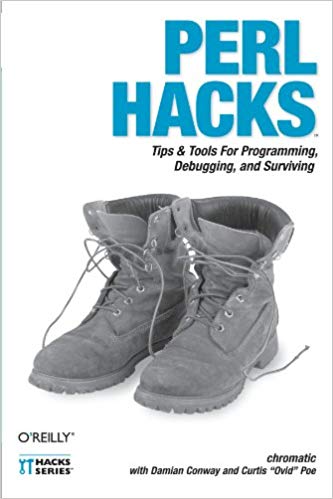This blog entry is actually for my daughter. She’s eight years old and already turning into a math wizard. While other children are struggling with simple multiplication, she’s delving into square roots, negative numbers, factorials, and so on. She’s also been asking her teacher at school when they’re going to start getting problems in base 5 (she can count in different bases < 10 now).
So when we were discussing factorials, she asked why the factorial of zero is one and I, um, stumbled. I was a math whiz in my high school, taking calculus in my jumior year, surrounded by seniors, but I’ve forgotten most of my math and for the life of me, I couldn’t remember the answer to her question. So here it is, after a bit of a refresher.
You probably remember that the factor of an integer, n, is the product of all integers from 1 to n. So we would say that that the factorial of 4, or 4!, is equal to:
$$4! = 4\times3\times2\times1 = 24$$
And for a few other numbers:
$$3! = 3\times2\times1 = 6$$ $$2! = 2\times1 = 2$$ $$1! = 1 = 1$$
But where does that leave the factorial of zero? There doesn’t appear to be any room left to put that equation.
There are two simple ways of answering this. One is intuitive and the other involves simple math.
The Intuitive Solution
Imagine that you have three runners in a race, Alice, Bob, and Charlie. Assuming ties are not allowed, how many ways can you arrange them into first, second, and third place? Mathematically, we’d ask “given a set of n elements, how many different ways can you order them?” That’s what’s called a “permutation.”
Another way of describing a permutation is “how many ways can you rearrange a set of items?”
Well, let’s work it out the hard way:
- Alice, Bob, Charlie
- Alice, Charlie, Bob
- Bob, Alice, Charlie
- Bob, Charlie, Alice
- Charlie, Alice, Bob
- Charlie, Bob, Alice
So for three participants, there are six different ways we can order them. Not coincidentally, that’s equal to 3! (three factorial). What if it’s only Alice and Bob?
- Alice, Bob
- Bob, Alice
That’s 2! (two factorial).
If you are really bored, you can work out four participants, but I promise you that it’s equal to 4! (four factorial).
So to figure out the number of ways you can order n elements, you just calculate n! (n factorial).
But what is n? In math, we have the concept of a set. A set is merely an collection of n distinct things. The order of those things doesn’t matter. The set {Alice, Bob, Charlie} is the same as the set {Charlie, Alice, Bob}. So our original question is “how many permutions of a set are there when n = 3?” And the answer is 3! (three factorial).
But it turns out that an important concept in math is the “empty set”, designated as {}. How many permutations does it have? Or to ask another way, “how many ways can we arrange nothing?” 1 and only 1. Thus, 0! = 1.
Do the Math
OK, that sounds like cheating, so let’s look at it another way.
As it turns out, we can say the following:
$$n! = \frac{(n + 1)!}{n + 1}$$
How does that work? Well, let’s use 4! as an example.
$$4! = \frac{(4 + 1)!}{4 + 1}$$ $$4! = \frac{5!}{5}$$ $$4! = \frac{5\times4\times3\times2\times1}{5}$$
And since the fives cancel out:
$$4! = 4\times3\times2\times1$$
And working this out with other numbers:
$$3! = \frac{(3 + 1)!}{3 + 1}$$ $$2! = \frac{(2 + 1)!}{2 + 1}$$ $$1! = \frac{(1 + 1)!}{1 + 1}$$ $$0! = \frac{(0 + 1)!}{0 + 1}$$
Since it’s 0! that we’re interested in, we see it works out to:
$$0! = \frac{1!}{1}$$
Since 1! is 1, we have:
$$0! = \frac{1}{1}$$
And one over one is one. Thus, 0! = 1.


